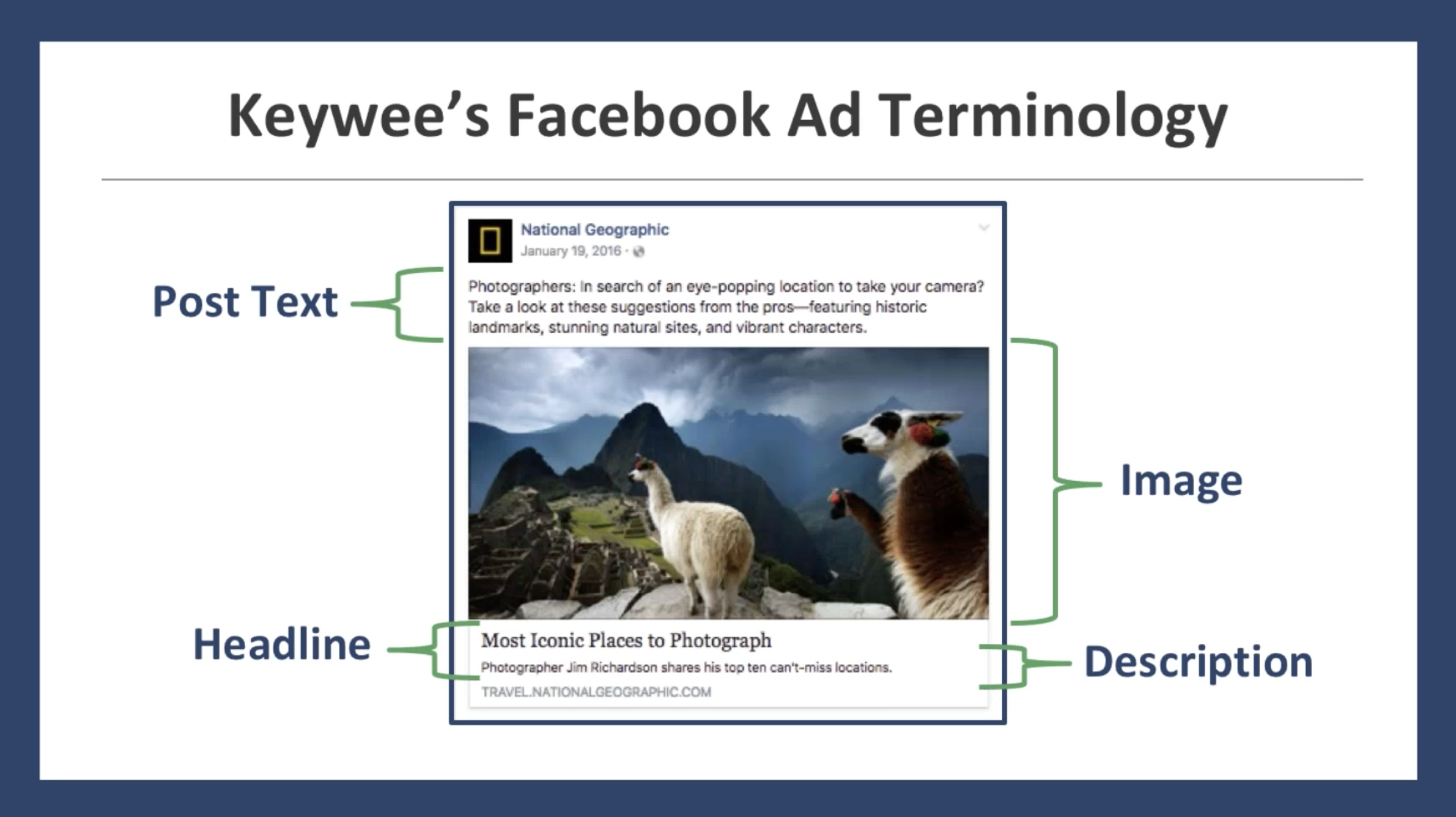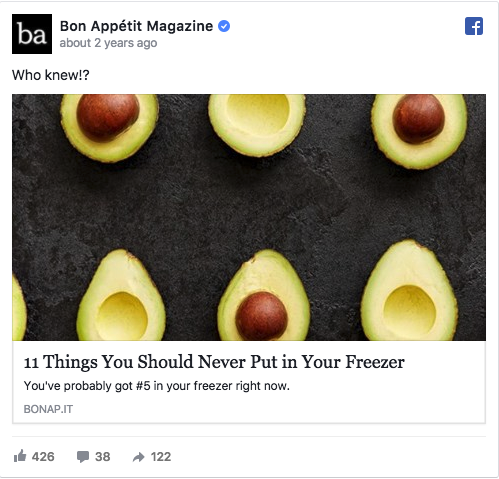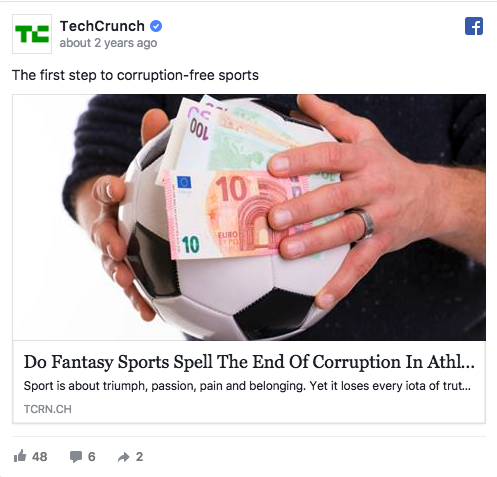It seems that almost every year the content world gets into a frenzy thanks to a “News Feed FYI” from Facebook or another pivotal change in the algorithm. Back in 2017, the Facebook team announced that it was further cracking down on “clickbait headlines.” It was a follow up to a 2016 announcement cracking down on pages or domains that consistently posted clickbait headlines — headlines that withhold and exaggerate information — which, according to The Irish Times, are common among fake news sites.
The policy didn’t only evaluate those two criteria separately (i.e. posts that either withhold information or exaggerate information), but it has also impacted content producers on the individual article level. So your new “You’ll never believe who tripped and fell on the red carpet!” article would have appeared lower on the News Feed, even if you’re a generally reputable website.
An explanation from Facebook:
“Click-baiting” is when a publisher posts a link with a headline that encourages people to click to see more, without telling them much information about what they will see. Clickbait intentionally omits crucial information or exaggerates the details of a story to make it seem like a bigger deal than it really is. This gets attention and lures visitors into clicking on a link, but they then quickly return to News Feed.” If a user goes back to the News Feed too fast, maybe because the landing page was not what he expected to encounter, or indeed because of the Facebook headline, the page could be penalized.
Headlines that exaggerate the details of a story with sensational language tend to make the story seem like a bigger deal than it really is. For example, “WOW! Ginger tea is the secret to everlasting youth. You’ve GOT to see this!”
While these headlines may not feel like great journalism, people use them because they actually work; readers feel like they do “GOT to see this!” The challenge for publishers is finding better, more honest ways of driving high click-through rates for their articles.
It’s a worthwhile effort, though, since none-compliance with Facebook’s guidelines over time will decrease a page’s quality and, as a result, the organic reach of the page’s post. The penalty will last even after the page stops posting clickbait headlines, and it will remain until the algorithm relearns the page’s behavior. Based on the evidence that we’ve seen, we assume that low-quality score can affect the Cost Per Thousand impressions (CPM) that a page pays for its Facebook ads. This means that your Facebook ad impacts your organic performance on social media and vice versa.
Luckily for you, our readers, we have a lot of experience with this at Keywee. Over the years, we’ve successfully ran millions of Facebook ads in countless campaigns for hundreds of publishers. Our data has allowed us to glean valuable insights for avoiding disapproval on Facebook, and we wanted to share it with the broader storytelling community. On top of our podcast, which deals with various policy violations and how to avoid them (i.e. what doesn’t work,) we also want to share our knowledge of what does work. Specifically, we want to focus on Facebook ad headlines.
As a refresher, the headline is the large bold text immediately below the image. Generally, it is the same as the title of the article itself.
While there are many good headline templates, we’ll dive into one that performs really well in terms of Click Through Rate (CTR) across industries according to our analysis.
NUMBER + NOUN + PERSONAL PRONOUN + MODAL + REST OF SENTENCE
For example: “6 Things You Should Do When Visiting Paris” or “10 Reasons You Should Wake Up Earlier and How to Do It.” (For those of us who aren’t grammar aficionados, other examples of modals are can, might, must, may, would, etc.)
This type of headline draws people in with a personal appeal. It also plays to people’s innate love of lists (you can read our post about slideshows to learn more). As long as you don’t exaggerate or withhold information, these headlines are not clickbait according to Facebook’s definition.
So for example: “4 Reasons You Should Go Camping This Summer” would be fine, while “4 Things You’ll Never Believe Made it Through Airport Security!” wouldn’t be. (Read more about how to avoid clickbait text formats in our previous blog post, Avoid Facebook clickbait and still engage readers? Let the data show you how.)
Questions as headlines have poor performance.
Of course, in addition to using headlines that work, you want to avoid headlines that don’t. One structure we’ve seen do poorly in a few industries is VERB + NOUN.
For example: “Do Fantasy Sports Spell the end of corruption in athletics?”
If you’re familiar with Betteridge’s law of headlines, you might have seen this one coming. Ironically enough, much like the law states, this very post’s headline can (and should) be answered with a “no”.
Unfortunately, this structure of yes/no questions isn’t unique in its shortcomings. We’ve generally seen that questions as headlines have poor performance. This may be because once people have answered the question for themselves, they feel no reason to click through to read the rest of the article.
The CTR of a post can dramatically impact both the organic post and paid Facebook’s ad distribution, so it’s important to continually experiment with all parts of your posts to optimize performance.
Keep it Short, Keep it Simple
Another common theme our data shows is that short headlines and short post texts tend to provide the greatest lift in terms of performance. For most Facebook ads, the sweet spot for the ad headline is between five and eight words. The post text should also be kept short, about a sentence or two, though on a few occasions we’ve seen that the best performing creative had a lengthy paragraph as the post text.
There’s lots more to take into account, of course, such as the use of emojis, who your target audience is, and other factors that should impact your Facebook ads’ creative. But a common thread is the length, which should be kept short enough for people to read in 10 seconds or less.
Other Aspects
The post text and headline are just a couple of the factors that can make your social media post, or ad, a success. When you just begin your efforts, you should make a plan of what you’re going to A/B test and systematically put your assumptions to the test.
While it might not seem significant, a small change in the CTR at the top of your content funnel will have a big effect on the metrics further down.
For example, let’s assume a budget of $500. If the CPM were $10 we would have gotten 50,000 impressions for our Facebook ad. The difference between a CTR of 3% or 3.5% would boil down to 250 clicks to the site and a difference in CPC of $0.04. Holding the conversion rate (to paid subscriptions, newsletter subscribers, click-to-play video views, or whatever the metric you want to use for this thought experiment,) at 5% would mean our post will result in 75/87 conversions.
This doesn’t seem like a big difference, right? Keep in mind that over time even small budgets accumulate. A dollar here, a dollar there, and pretty soon you’re talking real money. To understand how big of an effect a %0.5 increase in CTR can have, check out the table below that shows how the math works when we scale our spending, and how the difference can become substantial.
If you’re interested in learning more about optimizing your Facebook posts around your business goals, feel free to reach out.





